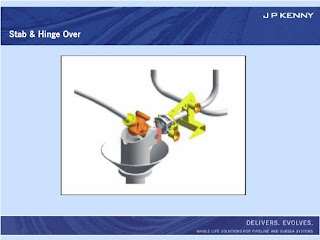Let begin with have a basic understanding what is System Curve and what is Pump Performance Curve.
System curve is showing the capacity and pressure needs of any system. Whereas characteristic pump performance curve is showing the capacity vs. pressure variation for a particular pump.
SYSTEM CURVE
The system head visualized in the System Curve is a function of the elevation - the static head in the system. It must be developed by the user based upon the conditions of service. These include:-
physical layout
process conditions and
fluid characteristics.
It represents the relationship between flow and hydraulic losses in a system in a graphic form and, since friction losses vary as a square of the flow rate, the system curve is parabolic in shape. Hydraulic losses in piping systems are composed of pipe friction losses, valves, elbows, tee and other fittings, entrance and exit losses, and losses from changes in pipe size by enlargement or reduction in diameter.
By using system curve, all operating conditions can be considered (e.g. best method where transfer the fluid to destination with desired conditions (i.e. pressure and flow rate)).
PUMP PERFORMANCE CURVE
A Pump Performance Curve is produced by a pump manufacturer from actual tests performed and shows the relationship between Flow and Total Dynamic Head, the Efficiency (i.e. Best Efficiency Point, BEP), recommend operating range, the NPSH Required, and the BHP Required.
In general:-
- Higher Head = Lower Flow
- Lower Head = Higher Flow
- Lower Flow = Lower Horsepower
- Higher Flow = Higher Horsepower
This curve is plotted for a constant speed (rpm) and a given impeller diameter (or series of diameters).
Notes:-
Increasing the impeller diameter or speed increases the head and flow rate capacity - and the pump curve moves upwards.
The head capacity can be increased by connecting two or more pumps in series, or the flow rate capacity can be increased by connecting two or more pumps in parallel.
The curve consist of a line starting at Shut-off Head point where zero flow occurred. The line continuous to the right, with head reducing and flow increaing until Run-out point (also known as end of curve). As shown, flow and head are linked and locked. It can not be changed without varying the other.
Further discuss BEP in later post.







